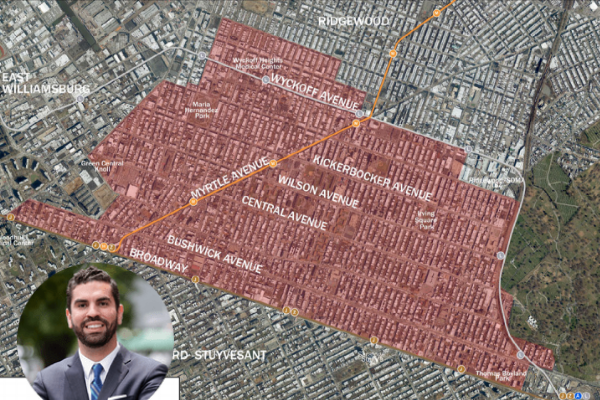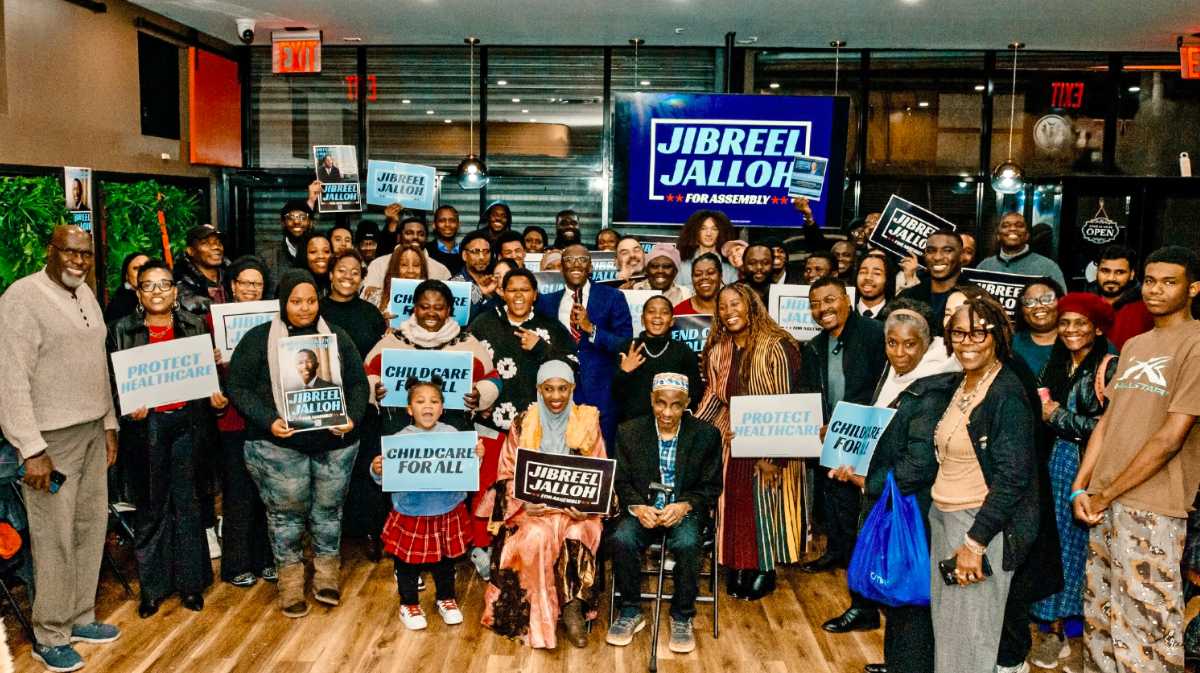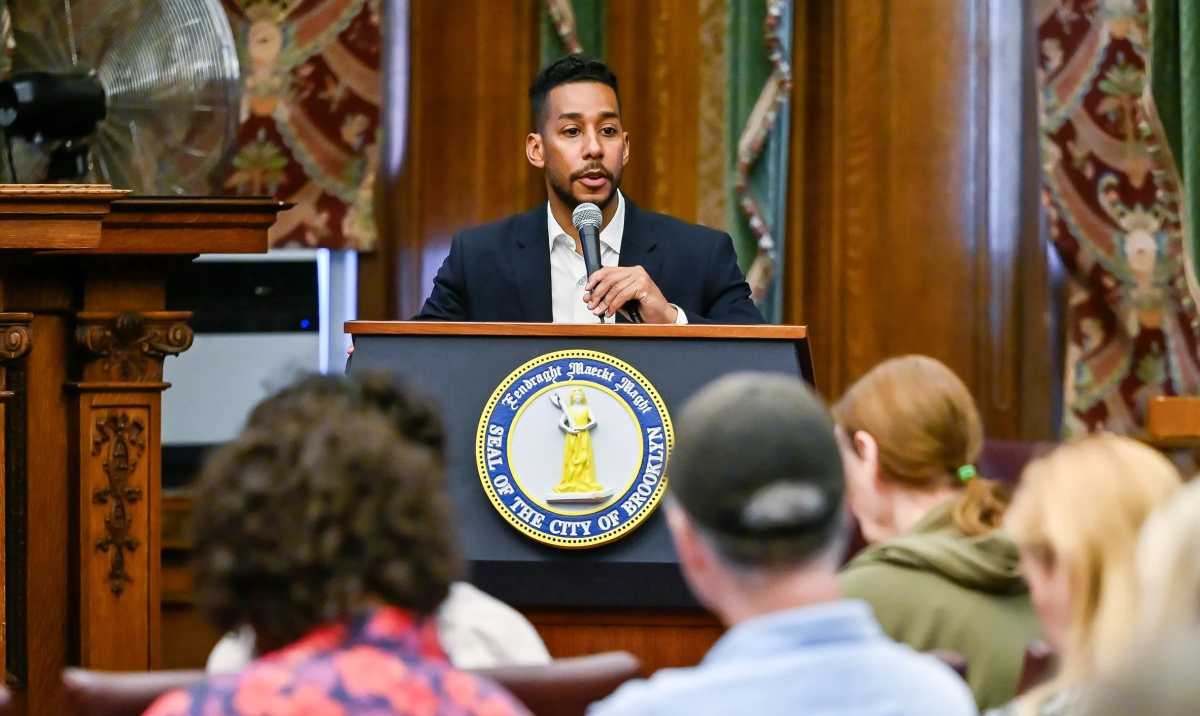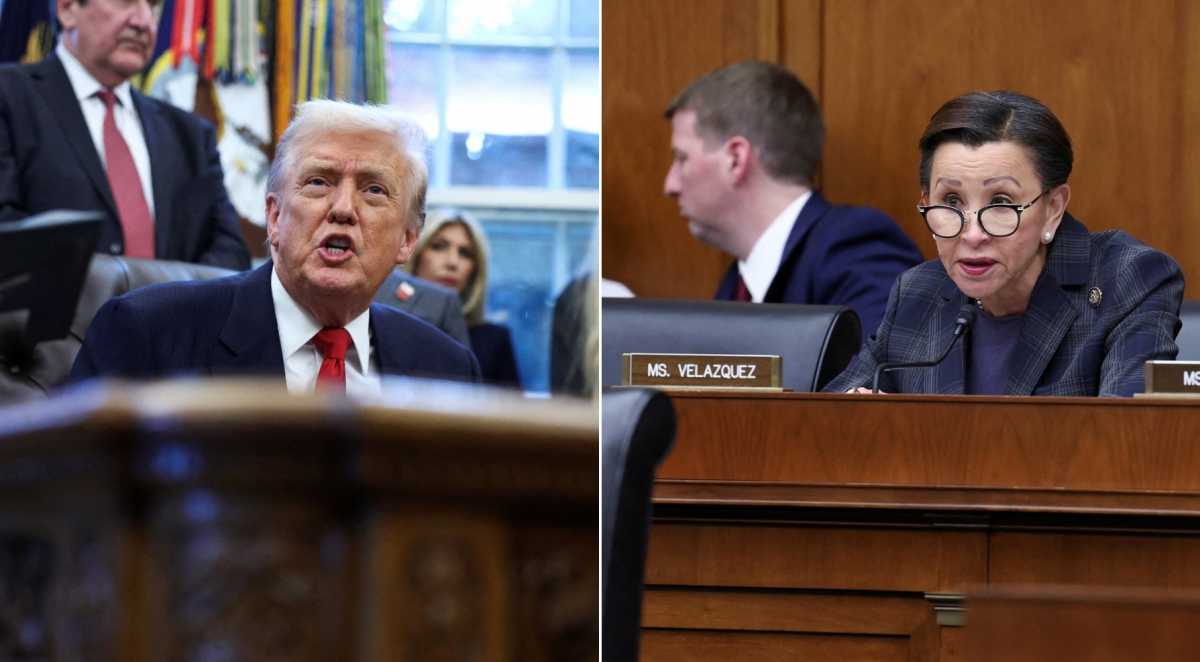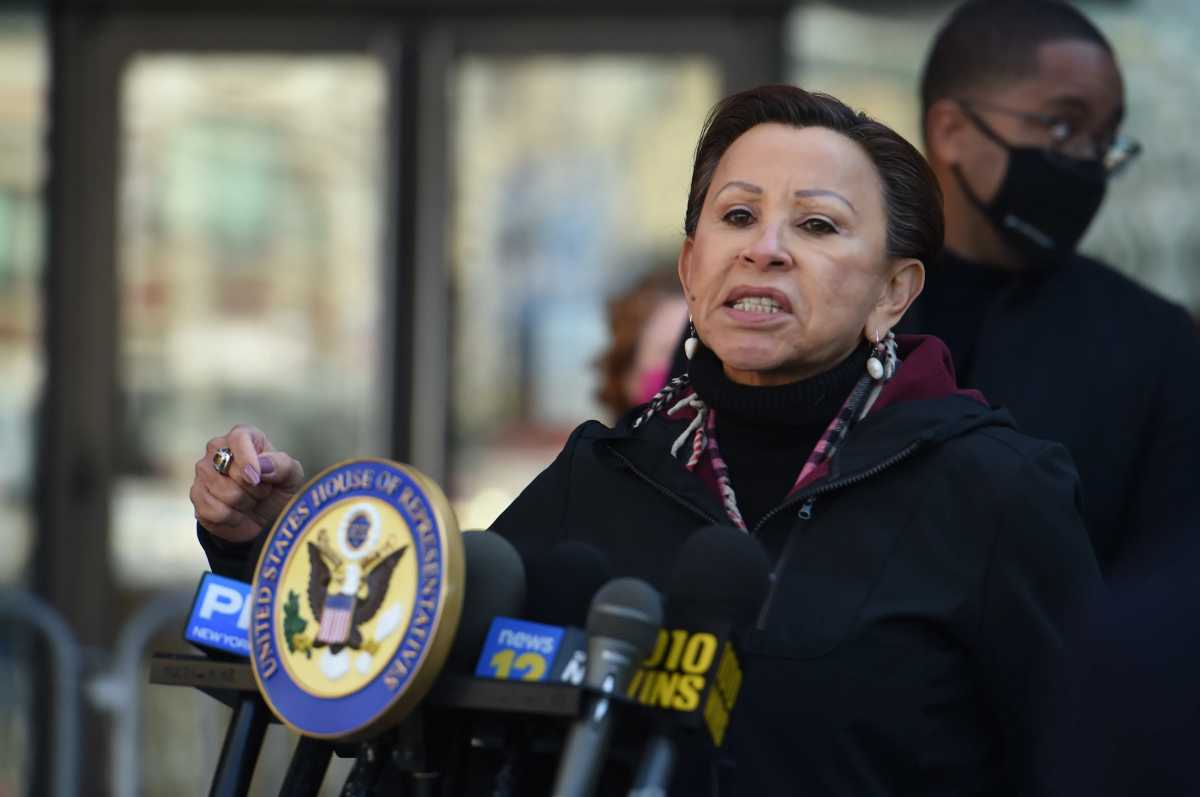After four years, more than 150 meetings and countless input from local leaders and elected officials, the Department of City Planning (DCP) earlier today released their long-term vision for the rezoning of a rapidly changing North Brooklyn neighborhood.
On Wednesday, DCP released the Bushwick Neighborhood Plan Update, the city’s proposal to bring affordable housing, small business, open space, jobs and transit improvements to the North Brooklyn community.
A major component of the proposed plan aims to create and preserve affordable housing in the area. The neighborhood’s current zoning allows a diversity of building types but does not require the inclusion of affordable housing in new developments, which has resulted in a boom in market-rate housing construction.
Since 2000, Bushwick’s population has risen by nearly 15 percent, which is greater than the city rate of increase, and it has put upward pressure on rents and the neighborhood.
Additionally, rents increased in Bushwick by 60% between 2000 and 2016, which is almost twice the citywide rate, and over half of Bushwick households are considered “rent burdened,” meaning they spend more than 30% of their income on housing; half of these households spend more than 50% of their income on rent.
Accordingly, the plan details a land use framework with zoning changes that would:
- Protect the character of 70 percent of the study area through contextual zoning. Applied on side streets and lower scale corridors, contextual zoning would limit buildings heights and require that buildings line up with those next to them along the street, preserving the look and feel of the neighborhood fabric.
- Encourage multi-story developments with ground floor stores or community facilities on transit corridors, such as Broadway and Myrtle Avenue. This would facilitate job creation as well as promote new housing, including permanently affordable housing as required by Mandatory Inclusionary Housing.
- On other neighborhood corridors, including Knickerbocker, Central, and Wilson Avenues, mixed income housing and retail (where appropriate) would be fostered at medium density.
Mandatory Inclusionary Housing allows developers to build developments higher as long as the building includes some percentage of permanent affordable housing. A recent report by City Council member Brad Lander (D-Park Slope, Windsor Terrace, Kensington) showed that neighborhoods of color have disproportionately been affected by this rezoning program, allowing for increased building density in these areas.


The update comes less than a year after the release of The Bushwick Community Plan report in Sept. 2018, which was created in partnership by City Council Members Rafael Espinal (D-Bushwick, East New York) and Antonio Reynoso (D-Williamsburg Bushwick) who represent the area and Community Board 4, which detailed community priorities for the future of the neighborhood.
“Since we began this process in 2013, I have always been clear that any plan the City puts forward for Bushwick must accord with the needs and wishes of the community. Thanks to the tireless and painstaking work of people in our community who showed up and made their voices heard, we were able to put together the Bushwick Community Plan, which we believe should serve as a roadmap for this neighborhood moving forward,” said Espinal.
The Bushwick Neighborhood Plan covers roughly 300 city blocks bordered by Broadway to the south, Cypress Avenue to the north, Flushing Avenue to the west, and Trinity and the Evergreens Cemeteries and Broadway Junction to the east.
“We believe there is a lot of work to be done to ensure the DCP plan aligns with what the community wants, as outlined in the Community Plan. Anything else would be a disservice to the residents of Bushwick,” added Espinal.
City officials expect to release the draft scope of work, which maps out the plan’s impacts, in early May, followed by a June public hearing before the proposal heads into the lengthy Uniform Land Use Review Procedure (ULURP).
“Bushwick residents are justifiably proud of their dynamic community, one that is home to thousands of diverse families. As this transit-rich neighborhood continues to thrive, we are determined to preserve and create affordable housing, protect tenants, help grow more good jobs, improve parks, schools and sidewalks. We look forward to continuing to work with this dedicated, vibrant and strong community,” said DCP Director Marisa Lago.


